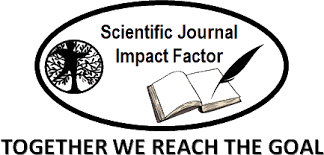Disclosures - Too Many or Not Enough? A Survey of Academics in the Asia Paciï¬c Area
Abstract
International ï¬nancial markets are rapidly becoming a single global market. For these markets, most large institutional users are not satisï¬ed with the existing levels of disclosures by multinational ï¬rms. ln
Hong Kong, different groups are concerned about disclosure issues. Ms. Cha, Securities and Futures Commission (SFC) executive director in Hong Kong, has stated it was important to adopt international standards as part of the SFC and stock exchange’s commitment to maintaining Hong Kong’s competitiveness. Also a committee of Hong Kong Society of Accountants has recently announced a proposal that was submitted to the society’s council in 1996 that includes changes in corporate govemance disclosure practices for implementation.
The purpose of this research study was to seek the views of key individuals about 1) the desirability or certain changes in accounting footnote disclosure practices for ï¬nancial reporting in the Asia Paciï¬c area
and 2) general purposes for disclosures. Accounting academics were selected for the study because these educators will play a critical role in the development of new footnote practices. The situation in Hong Kong is emphasized. but additional information for other countries will be provided for background. A questionnaire is developed to help determine if accounting academics believe changes in required footnote disclosures are needed. ln a recent study, Barth and Murph)/(I994) developed a framework to analyze the required footnotes for companies in the United States. This study uses the purposes identiï¬ed by the Barth and Murphy US study and the results from other studied to develop the critical issues. ‘
Keywords: Disclosures. Footnotes, Asia Paciï¬c accounting practicesDownloads
How to Cite
Issue
Section
License
The copyright of the received article shall be assigned to the journal as the publisher of the journal. The intended copyright includes the right to publish the article in various forms (including reprints). The journal maintains the publishing rights to the published articles.












